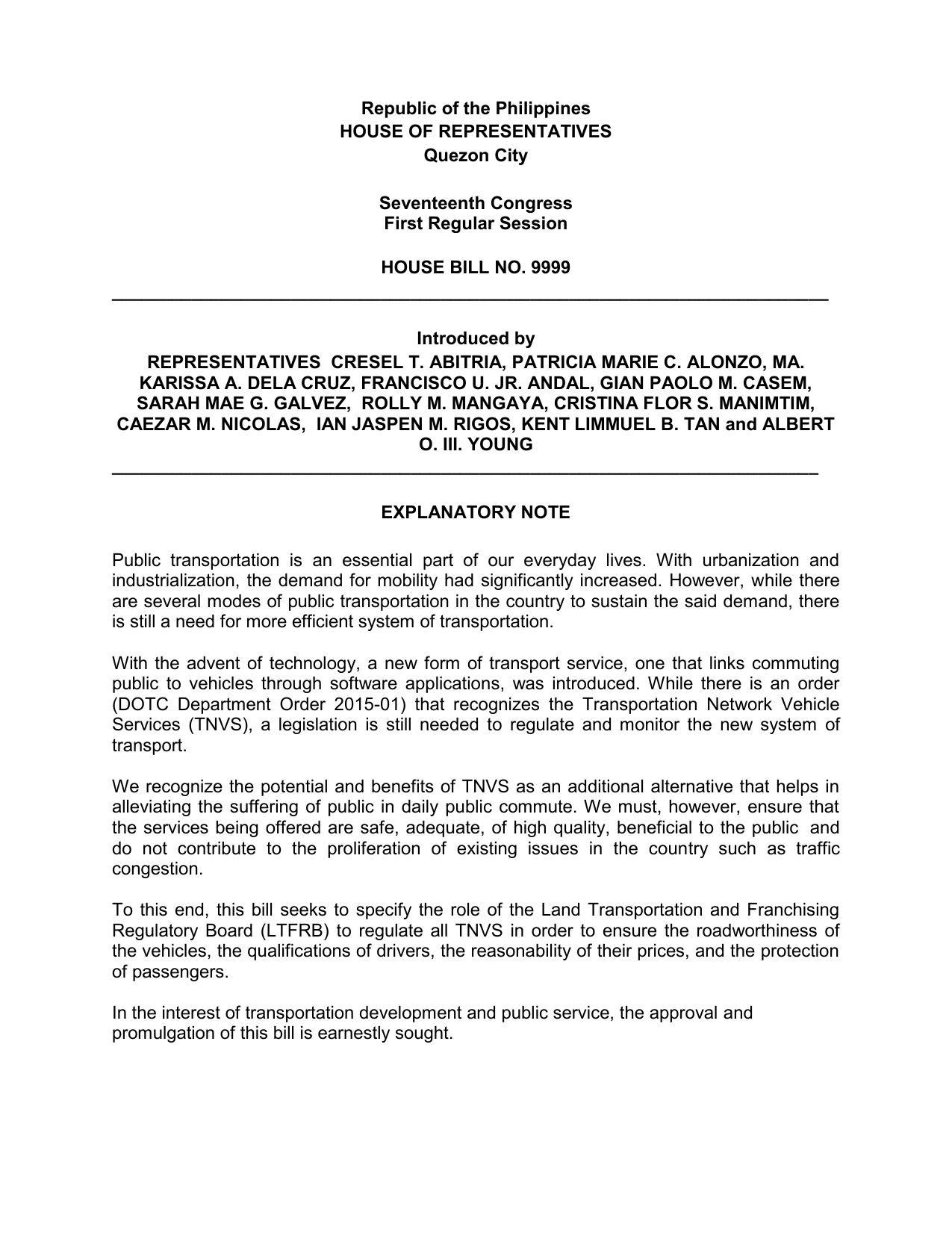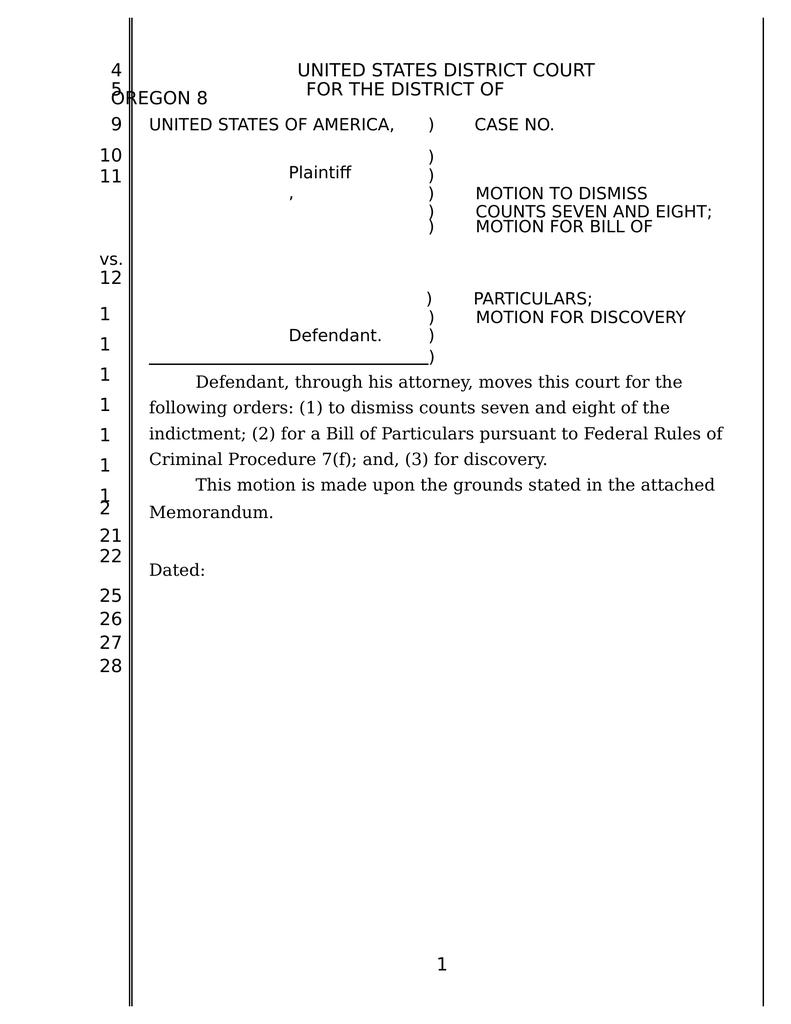
Together, the allegations of fact must be sufficient to apprise the Of the pleading and such particulars as are provided. In another and more important respect, there is no material distinction to be made between the facts asserted in the body Making the pleaded facts more specific, an answer to the facts as pleaded will be an answer to the facts as particularised.) (There should, however, be no occasion to do so because, where particulars are properly limited to Secondly, it is said that a party need not, and should not, plead to particulars: Pinson v Lloyds & National Foreign Bank Ltd 2 KB 72 at 75. Party’s case cannot be filled in by providing particulars: H 1976 Nominees Pty Ltd v Galli (1979) 30 ALR 181 at –. Out the party’s case (whether for a remedy sought or as a factual answer in law to the previous pleading). First, the facts asserted in the body of the pleading must be sufficient, standing alone, to make In two respects, a material distinction may arise between facts asserted in the body of the pleading, on the one hand, and In which it is said that the defendant was negligent.) (For example, it may be asserted that the defendant was negligent, in which case the particulars will specify the respects The basic distinction is that particulars give specificity to assertions of a more general kind made in the body of the pleading. What, then, is the distinction between pleaded facts and particulars? Part of the pleading, either physically so or by reference.




Rule 15.9 provides that the particulars must be set out in the pleading or, if that is inconvenient,īe set out in a separate document referred to in the pleading and filed with the pleading. Rule 15.1 of the UCPR provides that a pleading must give such particulars as are necessary to enable the opposite party to The relationship between pleadings and particulars
BILL OF PARTICULARS SAMPLE VERIFICATION
Civil Trials Bench Book Pleadings and particulars The relationship between pleadings and particulars Application of the rules Definition of “pleading” The purpose of pleadings and particulars The issues purpose The notice purpose Authorities supporting these purposes How pleadings establish the issues to be tried: admission, denial, non-admission and joinder of issue Implied traverse as to damage and damages No joinder of issue on a statement of claim Pleader under legal disability Pleading of facts in short form in certain money claims Trial without further pleadings Pleadings for which leave is required or not required The form of pleadings, paragraphs Verification of pleadings Facts, not evidence Brevity References to documents and spoken words Matters presumed or implied and which, accordingly, need not be pleaded Presumed facts Burden on opposite party Condition precedent Unliquidated damages Matters arising after commencement of the proceedings Opposite party not to be taken by surprise The Anshun principle Special rules providing that particular matters must be pleaded specifically Special rules providing that particulars of certain matters be provided A point of law may be raised “Scott schedule” in building, technical and other cases The defence of tender, special rule Defamation, special rules Personal injury cases, special rules Interim payments, special rule Order for particulars Generally Knowledge Notice Application for further and better particulars Striking out a pleading Leave to amend a pleading Where evidence is led or sought to be led outside the case pleaded and particularised Legislation Rules


 0 kommentar(er)
0 kommentar(er)
